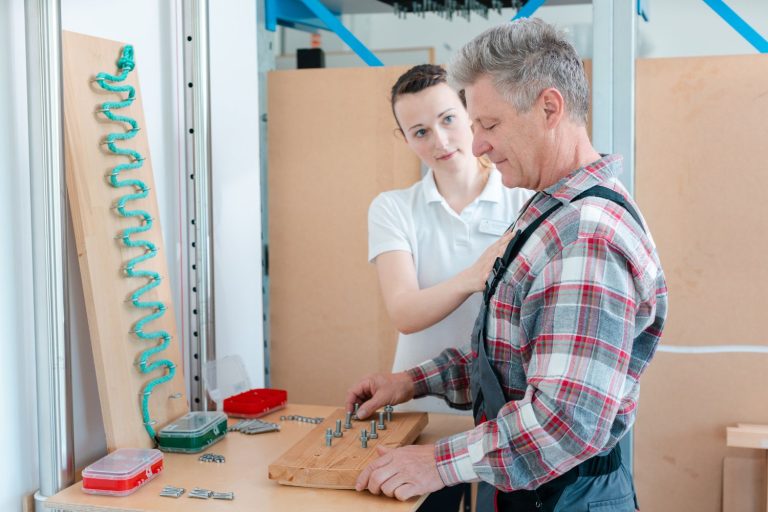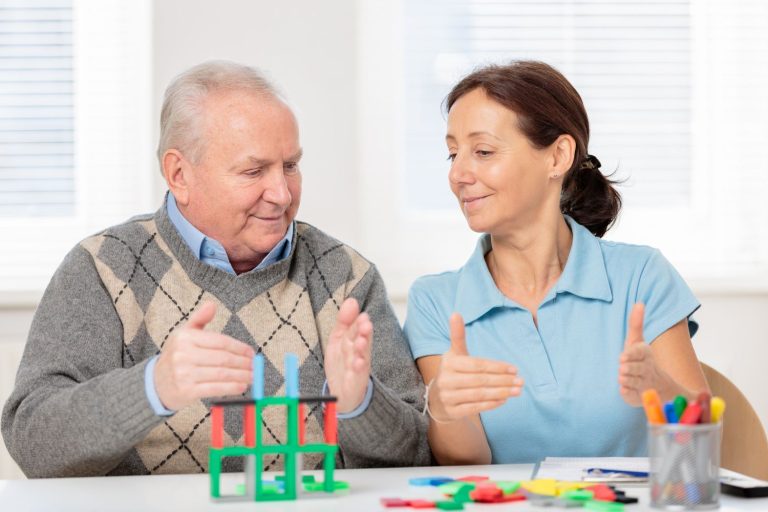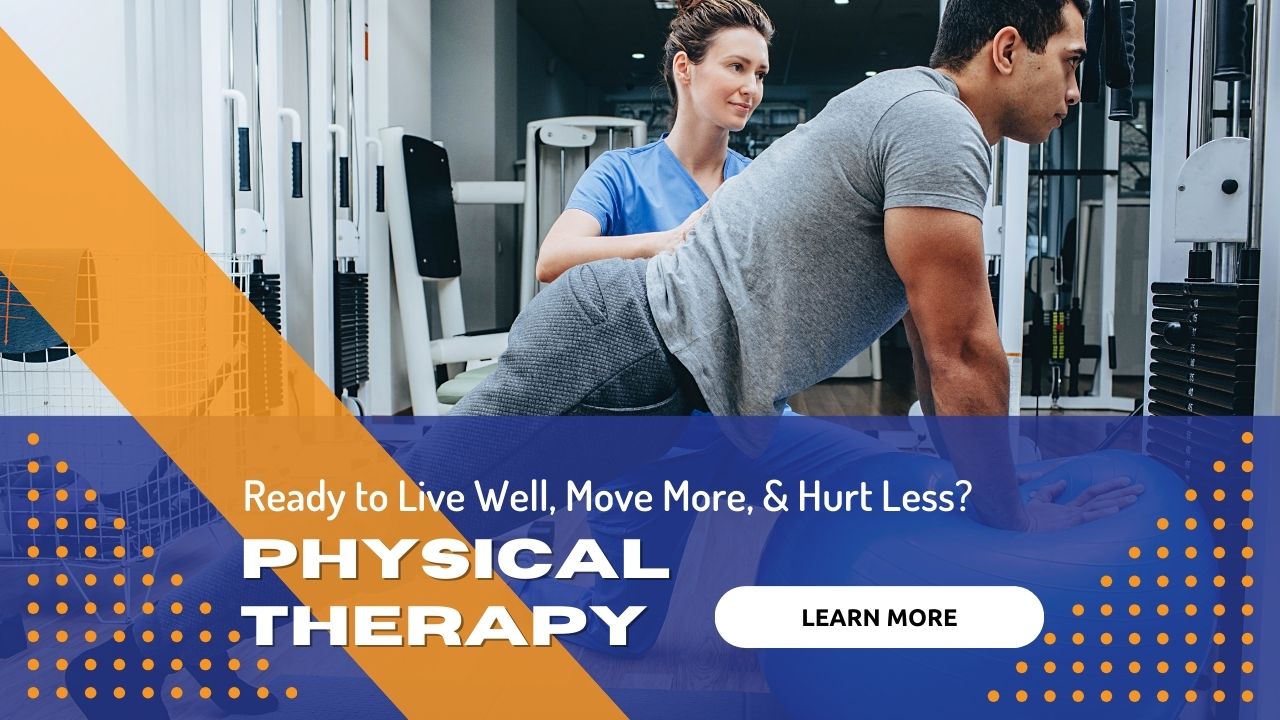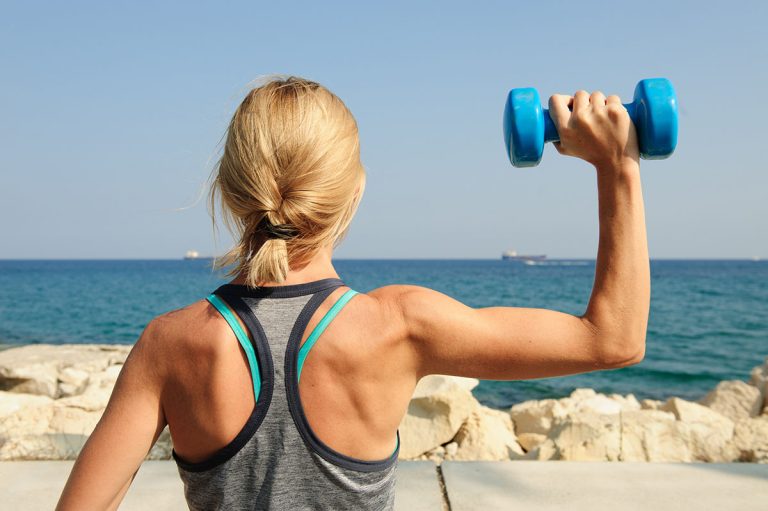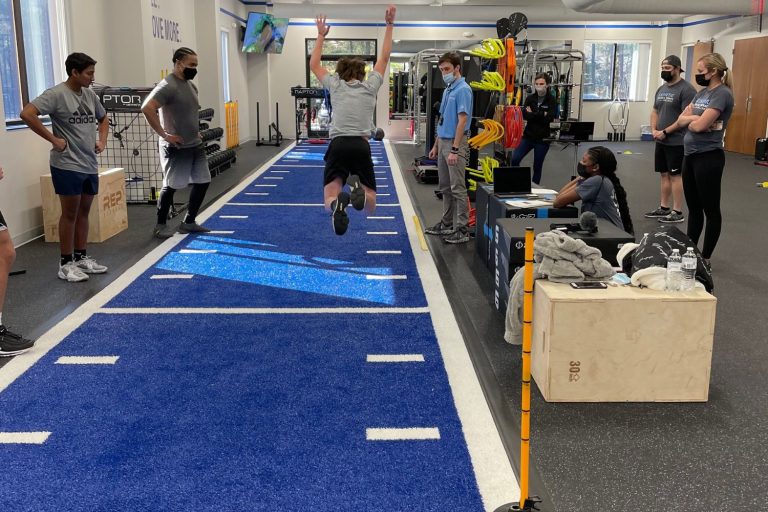
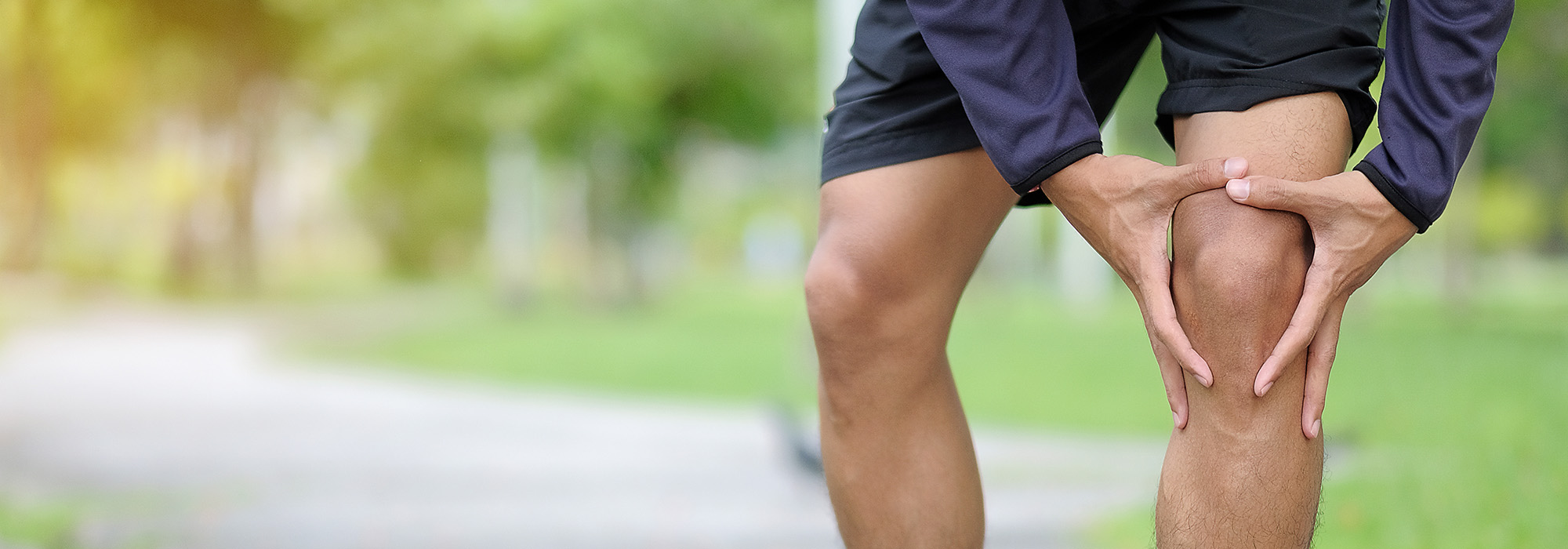
Why You Feel Pain in the Front of Your Knee
Why I Feel Pain In The Front Of My Knee?
Have you been suffering from constant knee pain? Is it hindering you from having easy mobility as you undergo your daily activities and hobbies? Nothing is worse than having frequent sporadic pain throughout your day. But look, you don’t have to experience that constant pain any longer. Here are some useful tips that can help you improve your quality of life overall.
What may be causing my knee pain?
A common cause for the pain you feel in front of your knee (anterior knee pain) could be Patellofemoral Pain Syndrome (PFPS). Patellofemoral Pain Syndrome, or commonly known as “Runner’s Knee”, is pain or irritation in the knee cap and it’s surrounding tissues. Now let’s break this word down for greater understanding. “Patello- ” stems from the word “patella”, which is your kneecap. And “-femoral” represents your femur bone, or your thigh bone. PFPS takes place when your knee cap is not properly aligning with or rubs improperly with your thigh bone. As you use your knee, whether by bending it or by simply walking, your patella may be pulled (often to the side), counteracting it’s original mechanical motion, which then results in the pain that you feel. This occurs when you increase your activity levels faster than your knee can adapt.
How do I know if I have Patellofemoral Pain Syndrome (PFPS)?
PFPS is mainly seen in athletes, especially runners, active teens, women, and just about anyone who regularly engages in heavy labor. Women are twice as likely than men to encounter PFPS. Why you may ask? Women’s anatomical structure makes them more prone to experiencing this type of pain.. So ladies, no shame. It simply just means that you’re uniquely built. Common symptoms include: pain when bending the knee, pain when sitting for long periods of time or when moving after sitting for long periods, cracking or popping sounds in the knee, and especially pain going up/down the stairs.
Just out of our human nature, you may be thinking, “Oh my goodness! Does this mean I should stop being physically active?”. Of course not! There are many things you can do to stay active while reducing your pain.
What can I do to decrease my knee pain?
- Mix up your exercise routine. For athletes specifically, most sports training exercises require you to engage in compressive activities, such as: squatting, running, or jumping. But try mixing it up with different activities, such as: swimming, water aerobics, biking, etc. This can help you become an even greater multi-talented player in the sport you choose!
- Wear special shoe inserts. These are called orthotic devices, which help stabilize your foot and ankle; and can act as a cushion when either running or jumping.
- Perform hip strengthening exercises to improve mechanics. A few great examples are: sideline hip abduction, clam shells, hip extensions, straight leg raises, top leg lifts, and the list goes on. The good thing about exercise is that you can slightly modify it to meet your specific body needs. Try some of these exercises out, find out what works best for you, and go from there!
Check out this video of Dr. Jo, physical therapist, with more hip exercises and stretches.
Don’t have PFPS? Here are some great prevention tricks and tips:
- Gradually increase the amount of activities you do. Try to avoid rapid spikes in intensity. Don’t get me wrong, increasing resistance when exercising is always a plus. But as you gradually increase your distance, weights, and speed, you give your body more time to adapt and adjust to the changes.
- Engage in a variety of sports. This is very important to note because studies have shown that people (especially kids) who only specialize in one sport, often have a greater risk for PFPS and other injuries. Be creative and try different things to bring variety to the demands of your body. This will make you a better athlete.
- Exercise. Interestingly enough, prevention works the same as treatment. Here is another great video for more exercises to do.
So go ahead and get started! Before you know it you will be back on track. If the pain continues despite these efforts don’t hesitate to see your physical therapist right away.
Please Share
categories
Recent Posts
categories

Why You Feel Pain in the Front of Your Knee
Why I Feel Pain In The Front Of My Knee?
Have you been suffering from constant knee pain? Is it hindering you from having easy mobility as you undergo your daily activities and hobbies? Nothing is worse than having frequent sporadic pain throughout your day. But look, you don’t have to experience that constant pain any longer. Here are some useful tips that can help you improve your quality of life overall.
What may be causing my knee pain?
A common cause for the pain you feel in front of your knee (anterior knee pain) could be Patellofemoral Pain Syndrome (PFPS). Patellofemoral Pain Syndrome, or commonly known as “Runner’s Knee”, is pain or irritation in the knee cap and it’s surrounding tissues. Now let’s break this word down for greater understanding. “Patello- ” stems from the word “patella”, which is your kneecap. And “-femoral” represents your femur bone, or your thigh bone. PFPS takes place when your knee cap is not properly aligning with or rubs improperly with your thigh bone. As you use your knee, whether by bending it or by simply walking, your patella may be pulled (often to the side), counteracting it’s original mechanical motion, which then results in the pain that you feel. This occurs when you increase your activity levels faster than your knee can adapt.
How do I know if I have Patellofemoral Pain Syndrome (PFPS)?
PFPS is mainly seen in athletes, especially runners, active teens, women, and just about anyone who regularly engages in heavy labor. Women are twice as likely than men to encounter PFPS. Why you may ask? Women’s anatomical structure makes them more prone to experiencing this type of pain.. So ladies, no shame. It simply just means that you’re uniquely built. Common symptoms include: pain when bending the knee, pain when sitting for long periods of time or when moving after sitting for long periods, cracking or popping sounds in the knee, and especially pain going up/down the stairs.
Just out of our human nature, you may be thinking, “Oh my goodness! Does this mean I should stop being physically active?”. Of course not! There are many things you can do to stay active while reducing your pain.
What can I do to decrease my knee pain?
- Mix up your exercise routine. For athletes specifically, most sports training exercises require you to engage in compressive activities, such as: squatting, running, or jumping. But try mixing it up with different activities, such as: swimming, water aerobics, biking, etc. This can help you become an even greater multi-talented player in the sport you choose!
- Wear special shoe inserts. These are called orthotic devices, which help stabilize your foot and ankle; and can act as a cushion when either running or jumping.
- Perform hip strengthening exercises to improve mechanics. A few great examples are: sideline hip abduction, clam shells, hip extensions, straight leg raises, top leg lifts, and the list goes on. The good thing about exercise is that you can slightly modify it to meet your specific body needs. Try some of these exercises out, find out what works best for you, and go from there!
Check out this video of Dr. Jo, physical therapist, with more hip exercises and stretches.
Don’t have PFPS? Here are some great prevention tricks and tips:
- Gradually increase the amount of activities you do. Try to avoid rapid spikes in intensity. Don’t get me wrong, increasing resistance when exercising is always a plus. But as you gradually increase your distance, weights, and speed, you give your body more time to adapt and adjust to the changes.
- Engage in a variety of sports. This is very important to note because studies have shown that people (especially kids) who only specialize in one sport, often have a greater risk for PFPS and other injuries. Be creative and try different things to bring variety to the demands of your body. This will make you a better athlete.
- Exercise. Interestingly enough, prevention works the same as treatment. Here is another great video for more exercises to do.
So go ahead and get started! Before you know it you will be back on track. If the pain continues despite these efforts don’t hesitate to see your physical therapist right away.
Please Share



